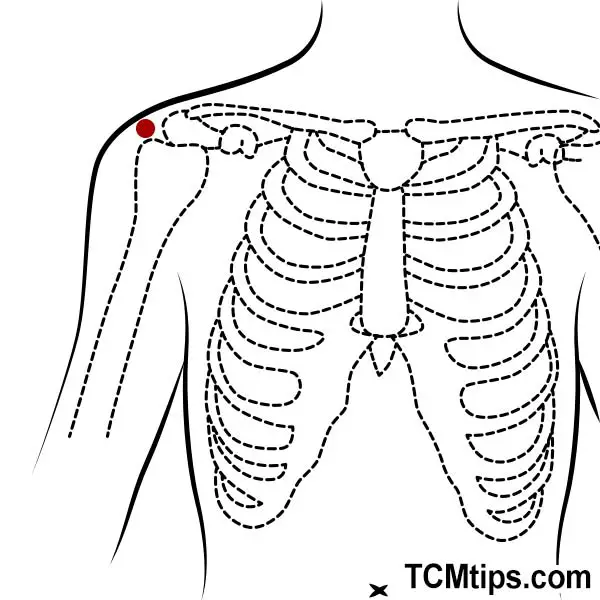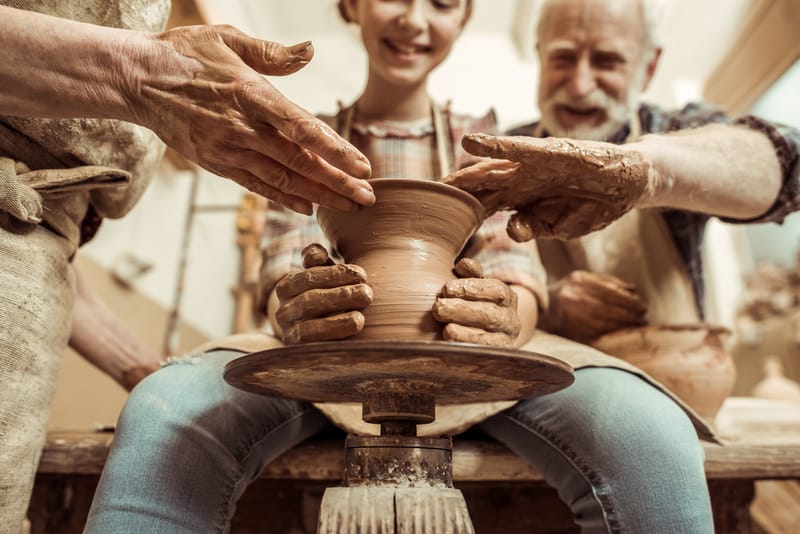Tendons are powerful, but they often get forgotten and neglected until they are damaged. Once you hurt a tendon, it is hard to ignore the impacts it has on daily life, and this is especially true for bicep tendonitis. The inflammation of this specific tendon can make lifting, overhead activity, and even simple movements severely uncomfortable. This ailment has existed for centuries, and, as a result, acupuncture for bicep tendonitis was developed.
By activating the correct points, acupuncture for tendonitis can relieve pain and support healing. This treatment can be used in combination with other medical treatments or alone, depending on what best suits your needs, so let’s explore how you can customize your bicep tendonitis treatment!
How Often Can You Use Acupuncture For Tendonitis?
Acupuncture is generally considered to be a safe and effective treatment method when applied properly. When needles are involved, a professional should be present, but acupressure can be safely practiced at home.
When it comes to acupuncture for bicep tendonitis, there are currently no recommended frequencies for treatment. More research needs to be compiled before the specifics of treating bicep tendonitis can be confirmed. For now, it is assumed that acupressure for bicep tendonitis can be used as often as a patient sees fit, as long as they are not experiencing pain from excessive treatment.
Does Acupuncture Help Bicep Tendonitis?
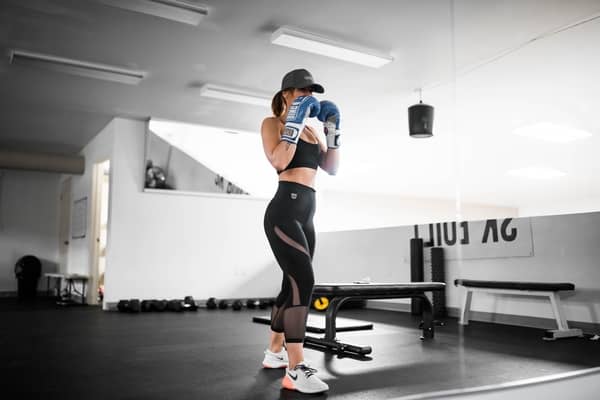
Years and years of traditional Chinese Medicine would argue that acupuncture for bicep tendonitis is a reliable treatment, but there is still much research to be done. While we may not have research specific to treating bicep tendonitis with acupuncture, acupuncture has been proven a treatment method for both pain reduction and healing concerning other ailments.
Since bicep tendonitis is a significantly painful condition, it is reasonable to believe that using the correct acupoints could reduce that pain. Depending on the severity of one’s tendonitis, the increased blood flow and expelling of stagnant energy facilitated by some acupoints can also be valuable for healing.
If you are already receiving treatment, physical therapy, or taking medication for your bicep tendonitis, acupressure can be an easy way to enhance that treatment. As long as you are not irritating sensitive areas, this form of traditional self-treatment may improve the speed of recovery. Acupuncture for bicep tendonitis is also great for pain relief when you don’t have any other treatment options available or are in a rush.
Is Heat Good For Bicep Tendonitis?
It may be tempting to treat your bicep tendonitis with ice to reduce pain, and in some cases, that is best, but long-term tendonitis can benefit from heat treatment. The heat helps the muscles relax, which can relieve some pain associated with tension around the damaged tendon. Heat also improves blood flow to the heated area, which improves healing by driving more nutrients and reparative substances to the damaged tissue.
Acupuncture for bicep tendonitis can be enhanced by adding heat. If you are practicing acupressure, that heat may partly come from your hands. In other cases, moxibustion, applying a warm cloth, or even using a hairdryer to warm hard-to-reach points can also help bring heat into your healing process.
Some acupressure points, including a few listed below, can also benefit from applying ice packs to the afflicted area. While cold may make the muscles tense, it also relieves pain and swelling. When combined with the correct acupressure points, cold treatment can significantly reduce discomfort from tendonitis.
Acupoint: SI-9 (Other Names: Small Intestine-9/Jian Zhen/True Shoulder)
Regardless of whether your bicep tendonitis is severe or mild, it is going to come with a significant level of discomfort. Treating this pain with medication may be too broad of a solution with too many risky side effects. Acupuncture for bicep tendonitis suitable alternative for pain control, especially when the SI-9 point is activated. This point is known for relieving pain in the shoulder as well as the upper arm, it is also commonly used in acupressure for ulnar nerve pain.
In some cases, stretching after an injury can cause further pain and discomfort, and bicep tendonitis is one such case. Instead of stretching it is recommended that you ice the afflicted area and apply pressure to the SI-9 point. You can find this point 1 cun, or one thumb width, above the crease created on your back when your arm is at your side, below the shoulder joint. It is often easiest to apply firm pressure here with your pointer finger, but depending on your comfortable range of motion, assistance may be needed to reach this spot.

Acupoint: LI-15 (Other Names: Large Intestine-15/Jian Yu/Shoulder Bone)
Inflammation can exacerbate pain. Luckily, there are points of acupressure for inflammation, and they include points specific to the arms, like large intestine 15. This point aids with the reduction of pain and inflammation in the upper body. Its anti-inflammatory effects can be enhanced through icing, and this point is so potent that it is often used for paralysis of the upper extremities.
If you hold your arm at a 90-degree angle to your upper body, you will notice that the top of your shoulder appears to be more flat than rounded. LI-15 is located in the deltoid muscle on your shoulder, and you can locate it by feeling for a slight depression in the muscle of your shoulder closer to your arm. Apply pressure to this point without adding so much that you experience pain.
Acupoint: LU-2 (Other Names: Lung-2/Yun Men/Cloud Gate)
It may seem odd to use lung channel points for shoulder pain, but points like LU-2 can do much more than relieve a cough like other pressure points in the chest area. LU-2, also known as Yunmen, has the ability to relax the inner part of the shoulder. This results in a relaxation of the muscles and tendons associated with bicep tendonitis pain. Less inflammation and more relaxation mean you will experience less pain and more healing.
To locate the LU-2 point, trace your finger under each collar bone, stopping when you reach the outer end, right before your shoulder joint. Here, you will feel an indentation where you should apply gentle pressure while you relax your shoulder.
Acupoint: LU-5 (Other Names: Lung-5/Chi Ze/Cubit Marsh)
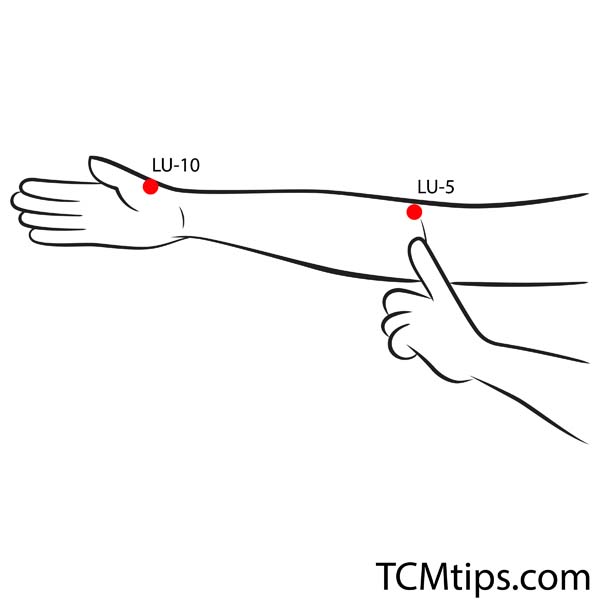
The lung meridian offers even more pain relief for bicep tendonitis with LU-5. This point is best known as one of the top acupressure points for throat inflammation, but it also serves to reduce heat and inflammation in the arms. When this point is regularly activated, friction around the damaged tendon may be reduced, and sharp elbow or upper arm pains diminish. When LU-5 is used in combination with LU-2 you can relieve pain in both your upper and lower arms.
LU-5 can be located at the outer end of the crease created by your elbow. This is called the traverse cubital crease, and it is easiest to identify if you hold your arm out with your palm facing upwards. This point falls towards the outside of the bicep tendon, so you will want to be gentle as you apply pressure. Only apply as much pressure as you are comfortable with, and it may be helpful to do so in short intervals.
Acupoint: LU-4 (Other Names: Lung-4/Xia Bai/Supporting the Lung)
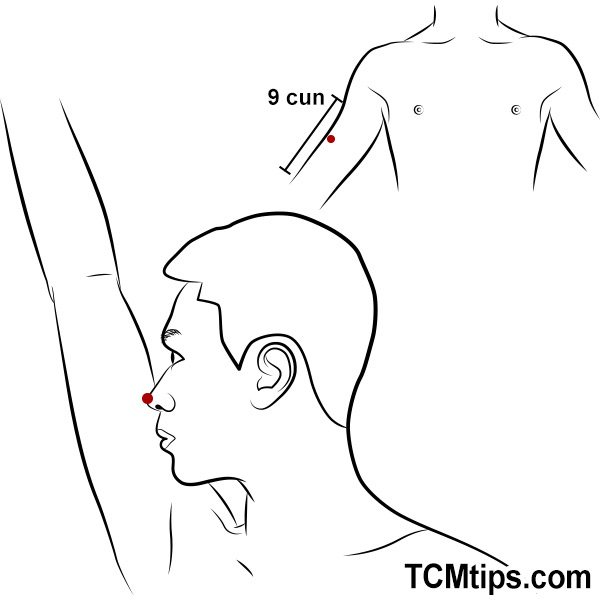
LU-4 is closely related to LU-5, and the two can be found right next to each other. This point is more central on the arm, and it can be found by holding your arm directly upwards. If you turn your head towards your arm in this position, your nose will touch your arm precisely at the LU-4. When activating Xiabai it is important to apply pressure towards the humorous in an inward motion as you take deep, relaxed breaths. The thumb of your opposite arm will be best for applying the appropriate amount of pressure, and you should apply this pressure in a series of 5 to 6 intervals on both arms.
This may be another lung point, but it is great for relieving pain in the inner part of the upper arms. When combined with the other points on this list, it helps balance out all of the areas around the biceps tendons that need relaxation, pain relief, and improved blood flow for healing.

Try our Anti-Aging Gua Sha Tool designed to bring out your skin’s natural glow.
Best Gua Sha Product- Anti-Aging: The tool is designed to target 11 specific aging signs such as wrinkles and sagging skin. By following the 7-step routine, users can improve skin firmness and reduce fine lines naturally.
- Enhances Skincare Routine: It works effectively with serums and lotions, boosting absorption and efficacy of skincare products.
- Visible Skin Improvement: Users can expect a smoother complexion, reduced puffiness, and a more youthful appearance.
 P. Sze
P. Sze 

